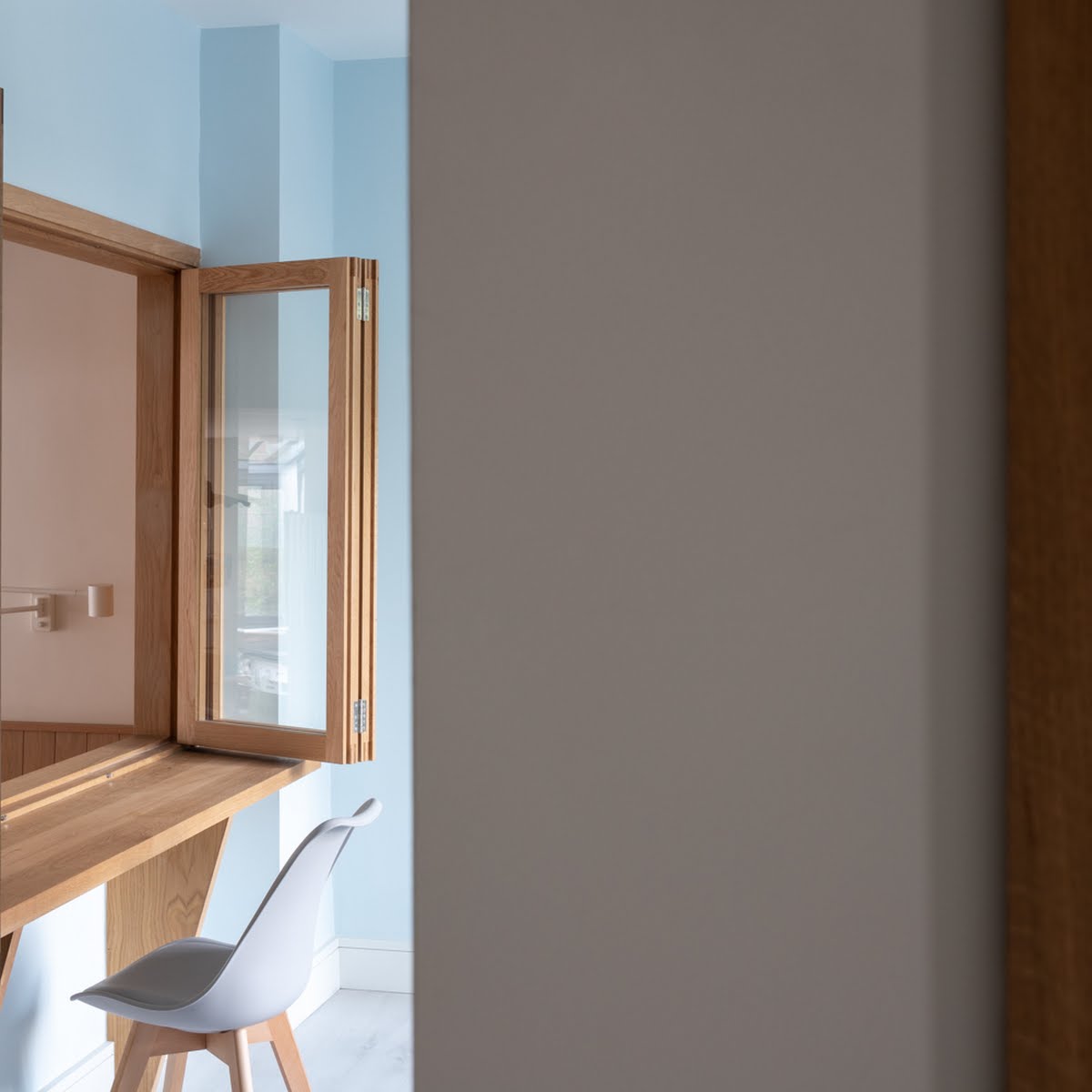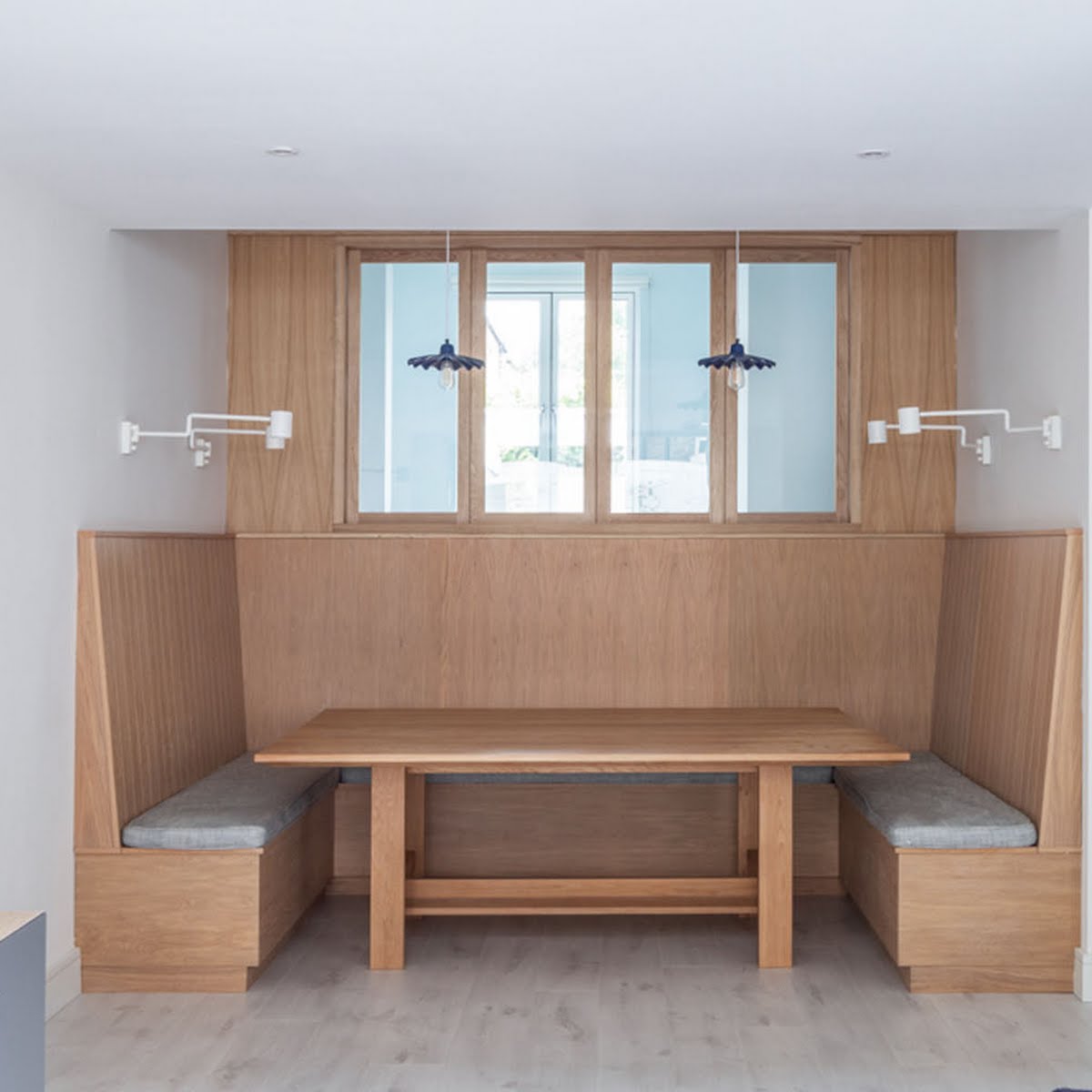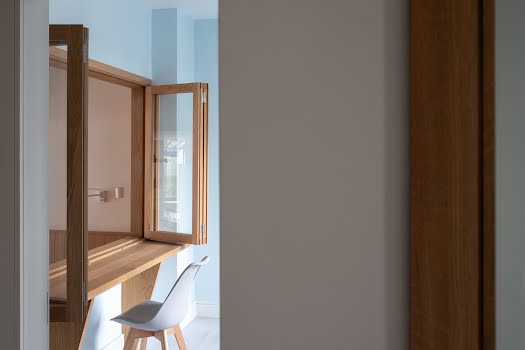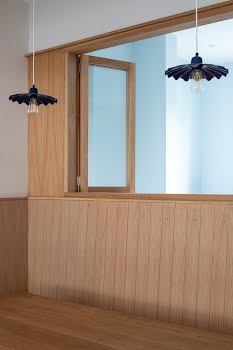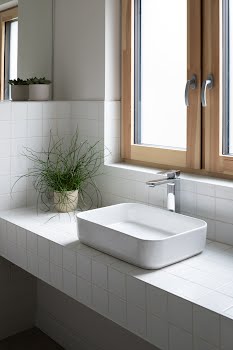
This central Dublin home has been future-proofed for its owner, while adding space for family gatherings
The design by Studio And architects also improved the home’s energy efficiency, all alongside creating a bright, welcoming space.
The owner of this central Dublin mews home had lived there for almost 15 years when she decided to upgrade it. Turning to Studio And architects, one of her main aims was to future proof the house so she could continue to live there, even if her needs changed.
Improving the home’s sustainability was also a priority, as was creating space to entertain family and friends, including her eight grandchildren, and her book club.
Ciara McGonigal, director of Studio And explains that “the original layout included a restrictive, stepped entrance, a significant level difference over the split-levels of the ground floor, and a narrow toilet. Due to the east-facing garden, the kitchen-dining room suffered from low levels of natural light.”
As a result, their design sought to draw daylight into the ground floor, reduce the level changes in house and create an open space for people to gather.
“We removed the upper part of the wall between the front reception room and the open-plan kitchen, living, and dining space to the rear,” Ciara says.
“We installed a set of double bi-fold windows allowing the study to be closed off as a separate space or incorporated into the open-plan area, creating a dual-aspect effect from front to rear gardens.”















